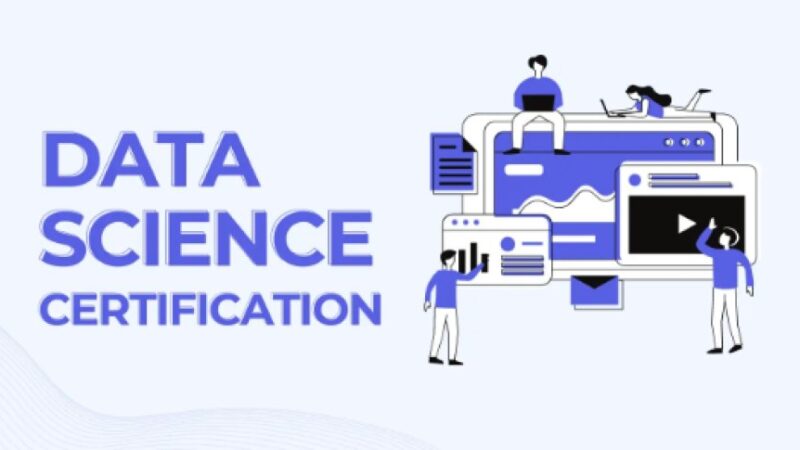3 most common myths about productivity in Business

In the quest for workplace productivity, myths and misconceptions often abound, leading to ineffective strategies and wasted effort. By debunking these myths, we can gain a clearer understanding of what truly drives productivity in the modern workplace. Here are the three most common myths about productivity, along with explanations of why they are misguided:
3 most common myths about productivity in Business
Myth 1: Working Longer Hours Equals Greater Productivity
One of the most persistent myths about productivity is the belief that working longer hours automatically translates to increased output. However, research has repeatedly shown that working excessive hours can lead to diminishing returns, resulting in burnout, decreased morale, and lower overall productivity. While occasional bursts of overtime may be necessary to meet deadlines or address urgent issues, sustained overwork is not a sustainable or effective strategy for long-term productivity.
Reality: Focus on Working Smarter, Not Harder
Instead of equating productivity with the number of hours worked, focus on working smarter by optimizing workflows, prioritizing tasks, and eliminating inefficiencies. Encourage employees to take regular breaks, maintain work-life balance, and prioritize tasks based on importance and urgency. By fostering a culture of efficiency and effectiveness, organizations can achieve greater productivity without resorting to unsustainable working hours.
Myth 2: Multitasking Improves Efficiency
Another common myth is the belief that multitasking allows individuals to accomplish more in less time. However, research has shown that multitasking actually reduces productivity and impairs cognitive performance. When we attempt to juggle multiple tasks simultaneously, we expend mental energy switching between tasks, leading to decreased focus, increased errors, and longer completion times. In reality, multitasking is a productivity myth that undermines performance rather than enhancing it. To track everything, utilize employee monitoring tools.
Reality: Embrace Monotasking for Optimal Performance
Instead of spreading attention and effort across multiple tasks, encourage monotasking – focusing on one task at a time with full concentration. By dedicating undivided attention to each task, individuals can achieve higher-quality results in less time. Encourage employees to prioritize tasks, minimize distractions, and allocate dedicated blocks of time for focused work. By embracing monotasking, organizations can unlock
higher levels of productivity and performance.
Myth 3: Productivity is Solely Dependent on Individual Effort
A common misconception is that productivity is solely a matter of individual effort and motivation. While personal initiative certainly plays a role, productivity in the workplace is influenced by a wide range of factors, including organizational culture, leadership support, resource allocation, and collaboration dynamics. Failing to recognize the impact of these external factors can lead to misplaced blame and ineffective attempts to improve productivity.
Reality: Foster a Supportive Work Environment
Instead of placing the burden of productivity solely on individual employees, organizations should focus on creating a supportive work environment that enables and empowers employees to perform at their best. Invest in training and development, provide resources and tools, and foster open communication and collaboration. Recognize and reward contributions, and solicit feedback to identify and address barriers to productivity. By cultivating a positive work culture that values and supports productivity, organizations can create conditions for sustainable success.
Final Words
Debunking the myths surrounding productivity in the workplace is essential for fostering a culture of efficiency, effectiveness, and well-being. By recognizing that working longer hours does not equate to greater productivity, that multitasking is counterproductive.






